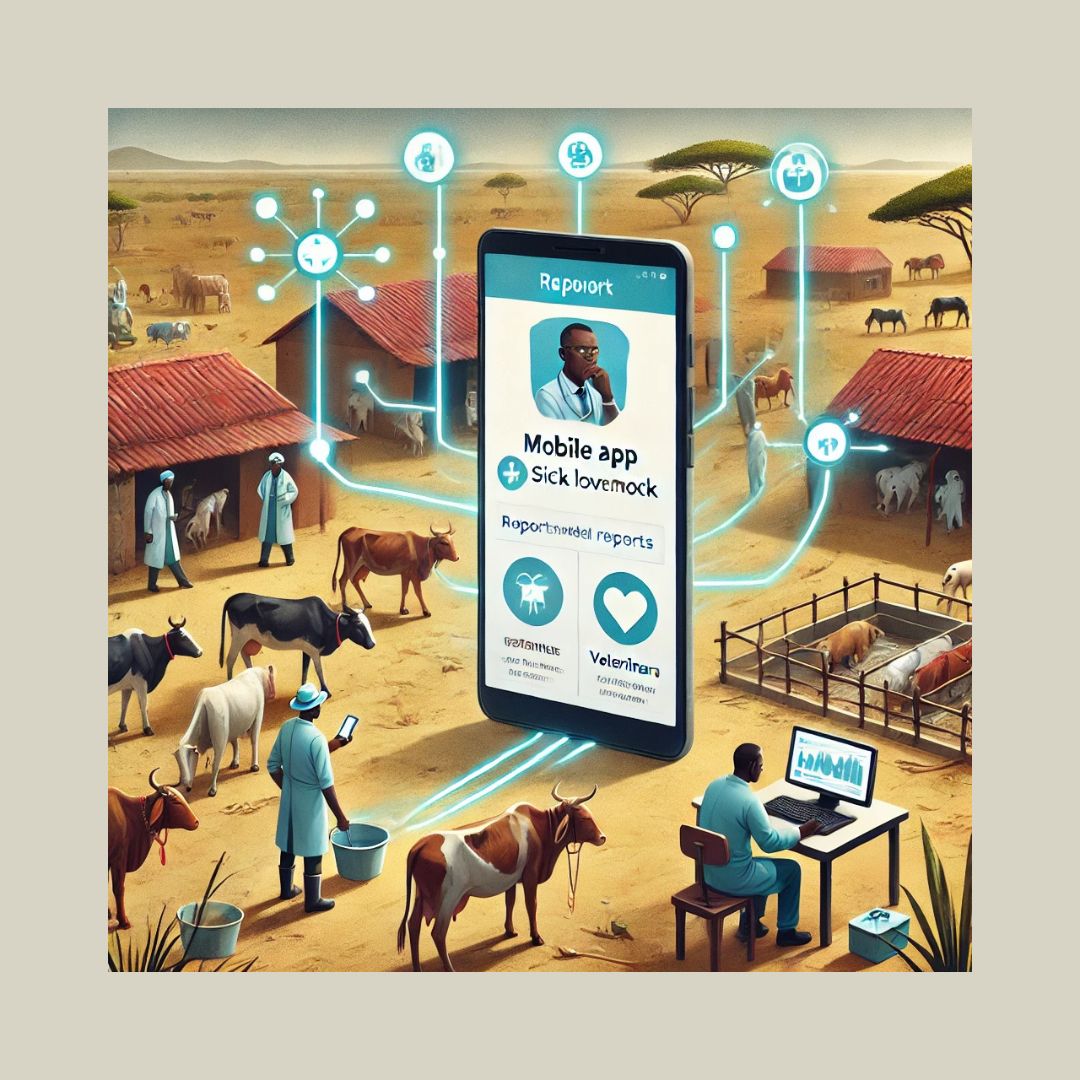The recent Zamfara outbreak underscores the urgent need to embrace technology to combat anthrax and other diseases. Stakeholders must prioritize digital tools, GIS, AI, etc.
The Nigerian Federal Ministry of Livestock Development has sounded the alarm over an anthrax outbreak in Zamfara State. According to Ben Bem Goong, the ministry’s Director of Information and Public Relations, this zoonotic disease poses significant threats to animals and humans alike.
Symptoms range from fever and swollen lymph nodes to severe complications like bleeding from major openings. The World Organisation for Animal Health (WOAH) classifies anthrax as a notifiable disease due to its potential for high morbidity and mortality.
In 2020, an anthrax outbreak in Kazakhstan devastated local communities, resulting in over 2,500 livestock deaths and significant economic losses. Farmers recounted losing entire herds, highlighting the ripple effects on livelihoods and food security. Similarly, a Nigerian farmer in Zamfara losing his cattle to anthrax could face financial ruin, underscoring the urgency of swift intervention.
While anthrax is preventable through measures like vaccination and surveillance, the role of technology in managing such outbreaks cannot be overstated. Across the globe, technology has revolutionized disease control, offering Nigeria valuable insights.
Technology to combat Anthrax: Early detection saves lives
Technology can empower Nigeria to detect anthrax outbreaks faster. During the Ebola crisis in West Africa, mobile-based surveillance tools like mHero allowed healthcare workers to report symptoms in real time, facilitating swift responses. Similarly, in Uganda, the Ministry of Health’s use of mobile phone-based surveillance significantly reduced response times to disease outbreaks. Deploying these tools in Zamfara would enable farmers and veterinarians to report unusual livestock illnesses instantly, triggering prompt action.
GIS technology provides critical insights into the geographic spread of diseases, identifying hotspots and high-risk zones. For example, the United States Centers for Disease Control and Prevention (CDC) uses GIS to track outbreaks of zoonotic diseases, including anthrax. In 2019, GIS mapping was crucial in managing an anthrax outbreak in Kenya, pinpointing affected areas and coordinating vaccination efforts. Nigeria could adopt this approach, enabling targeted interventions to curb the disease’s spread.
Staying ahead with AI and predictive analytics
Artificial intelligence (AI) offers predictive capabilities that can anticipate outbreaks by analyzing diverse datasets, including climate patterns, animal movements, and historical records.
IBM’s Watson Health was instrumental in predicting dengue fever trends in Brazil, enabling proactive containment efforts. Integrating AI into Nigeria’s livestock health management systems could similarly help forecast anthrax risks, allowing preventive measures to be deployed before outbreaks occur.
Efficient vaccination programs depend on robust logistics. Ethiopia’s innovative use of drones to deliver vaccines to remote areas during livestock disease outbreaks demonstrates the potential of technology in addressing logistical challenges.
In 2022, the Ethiopian Ministry of Agriculture vaccinated over 100,000 animals in hard-to-reach locations using drone technology. Nigeria could replicate this model, ensuring that vaccines reach rural farmers in Zamfara promptly.
Leveraging social media
Public education is vital in combating zoonotic diseases. Social media platforms proved indispensable during the COVID-19 pandemic, with platforms like Facebook and Twitter disseminating accurate information to billions worldwide.
The Federal Ministry of Livestock Development could collaborate with tech influencers and local radio stations to educate the public about anthrax symptoms, transmission, and prevention. This approach ensures the message reaches even the most remote communities.
Global health organizations emphasize the importance of coordinated efforts in managing zoonotic diseases. The World Health Organization (WHO) and WOAH advocate for adopting blockchain technology for vaccine traceability.
Australia’s successful pilot program in 2021 demonstrated how blockchain ensures vaccine integrity and prevents counterfeit distribution. By partnering with these organizations, Nigeria can adopt cutting-edge practices to enhance its disease management strategies.
The Zamfara anthrax outbreak underscores the urgency of embracing technology in disease management. Stakeholders must prioritize digital tools, GIS, AI, and innovative vaccine delivery to protect Nigeria’s livestock and human populations.

Leave feedback about this